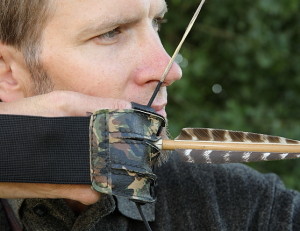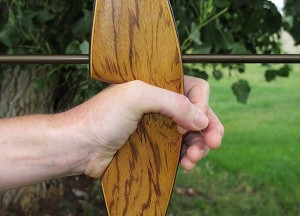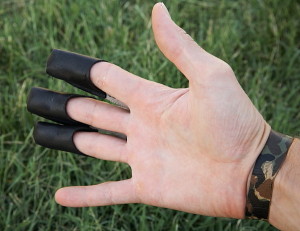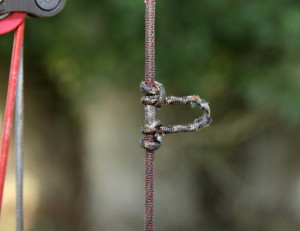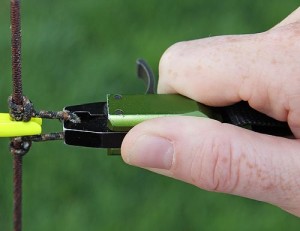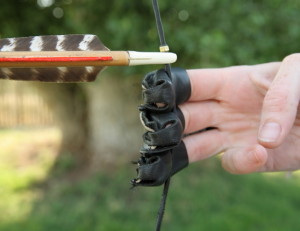What is Buck Fever?
Buck fever is a state of panic brought on by an intense hunting situation, followed by a huge adrenaline surge. It’s basically your body’s fight-or-flight reaction. If you’ve never experienced buck fever, then you either haven’t seen a 200-inch buck up close or you’re just one cool customer.
For the rest of us, buck fever is a very real and formidable foe. It still haunts me today! When that long-awaited moment of truth comes, when that giant buck finally steps into the open, I feel like a little kid trembling in my boots. This intense excitement is why I love bowhunting so much. Unfortunately it’s also the reason I still miss shots on big bucks.
On my second archery hunt back in the nineties, I had a true monsterbuck step out broadside at 35 yards. Sure enough I came completely unglued and proceeded to send my arrow into the dirt at his feet.
Today’s bows are consistent tack drivers. Unfortunately we let ourselves get in it the way of their performance. The ultimate goal in archery is to eliminate yourself as a variable, and the best way to do that is through diligent practice.
How to Practice for Buck Fever
- The most effective way I’ve found to practice for buck fever is by getting your heart rate up during practice sessions. You can do this by sprinting to and from your target. Start by shooting one arrow and then sprint to the target, pull the arrow, and sprint back. Shoot again and repeat. This will quickly get you’re your heart rate and breathing up. Do this exercise repeatedly until you are a huffing, puffing wreck. I’ll admit, this kind of practice isn’t very fun, but it’s the best way to prepare for buck fever.
- Shooting competitively is another way to practice for buck fever. Every major city in the country has archery clubs and regular competitions. Shooting competitively and publicly puts the pressure on and ups the excitement level, especially when competing for money and prizes. Just like other adverse conditions practice, learning to shoot well under pressure is a valuable skill.
- While hunting there are a few ways to cope with buck fever. First, try to slow your breathing. If you have time before the shot, take a few deep breaths and exhale slowly. Second, avoid getting tunnel vision. Tunnel vision is basically where you lose situational awareness because you’re hyper-focused on one thing, like the deer’s incredible rack. Instead, take a second to expand your view. Look around for any other deer that you might have missed. Whatever you do, don’t rush the shot. Most bowhunting scenarios play out slowly, and rushing things just causes mistakes.
- When the shot finally comes together, put all your focus into following through. Hunters under pressure usually miss low because they “drop the bow” on the shot. Instead, focus on keeping your sight pin on target until the arrow hits. Keeping equal palm pressure across the bow’s grip also helps with follow through.
- One more tip: When a buck suddenly appears at close range, it’s common to misjudge the buck’s size amidst all the excitement. This can lead to shooting a buck you aren’t happy with. For this reason I refuse to pull an arrow until I’ve judged the buck and I’m sure he’s a shooter. Pulling an arrow creates momentum, and when you combine momentum with excitement it leads to smaller bucks, or worse, missing the big one.
Conclusion
These are the best methods I’ve found to practice and prepare for buck fever situations. Buck fever might be an incurable affliction, but it also means you’re passionate about hunting, and that’s a good thing.
Good luck out there!


